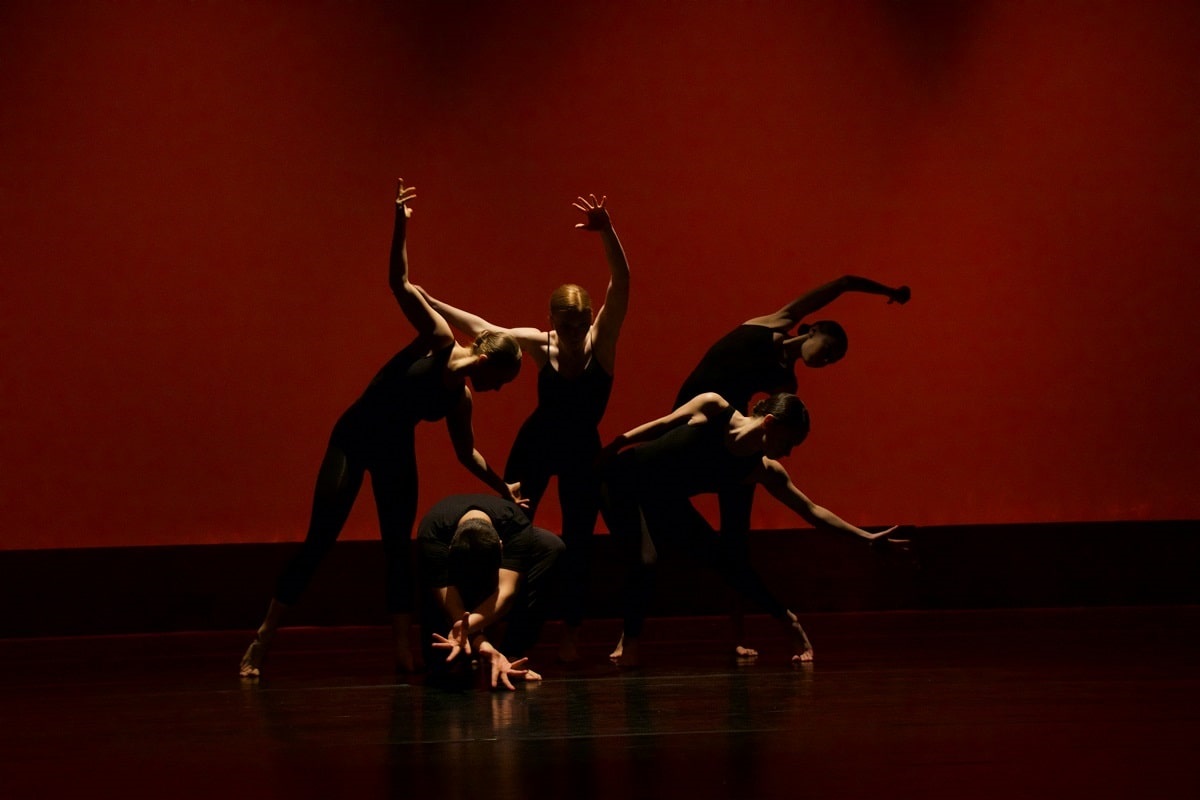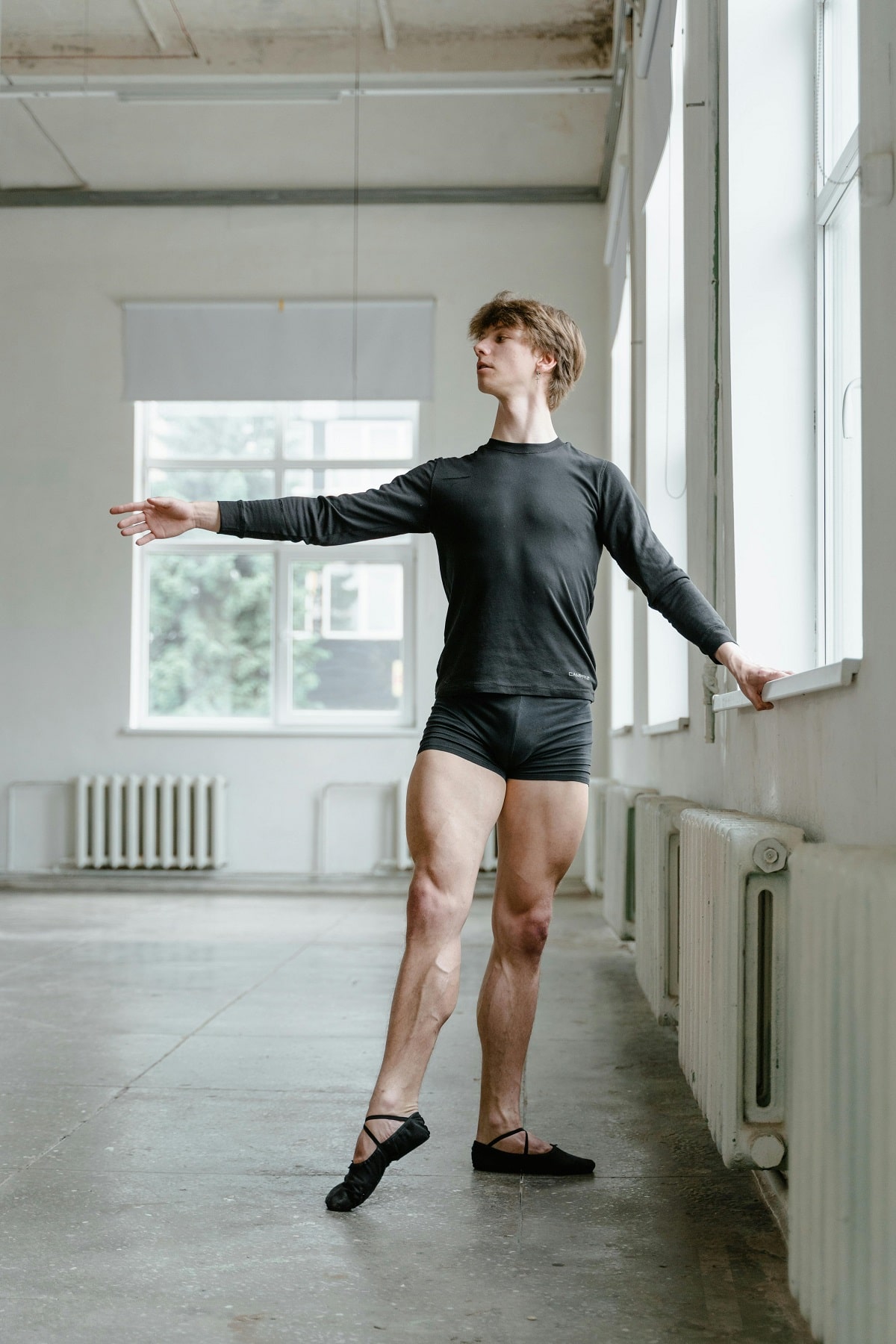Written by Menswear Style
in
Health & Fitness
on the
11th April 2024
According to scientists, dance played an important role in the evolution of social relations when it became established at the heart of the human species. Thanks to its ability to connect individuals emotionally, regardless of language or culture, dance has been able to contribute to the evolution of social relations.
Dance has become a universal language, truly existing in all cultures. In 2009, the Hungarian István Winkler demonstrated that we are all born with a rhythmic-musical sense, meaning that the urge to move to the beat of music is an innate ability in human beings.
We’ve known for many years that physical activity and sports have many benefits, including improving the functioning of the respiratory, circulatory, and bone systems. But when we dance, we get not only the benefits of aerobic physical activity but also benefits on a psychological and emotional level.
Dancing reconnects us
Dancing awakens emotions and dreams through movement, facilitating the expression of sensations, emotions, feelings, and states of mind in a natural, uninhibited way. In this way, as men, we can reconnect with ourselves, with the emotions we repress, such as irritation and anger or anxiety and anguish, which we learn to channel healthily through dance, helping us to control our daily emotions.
Moreover, dance is a form of creative expression that allows us to link our thoughts and emotions, stimulating and encouraging the spontaneity and creativity we retain. The control and focus of dancing help regulate emotions and help men channel any frustrations towards a practice that is not only meaningful but also helps burn some calories.

Dancing connects us to others
Dancing is a social activity that offers us many opportunities to connect. Attending dance classes can improve interpersonal relationships, as it’s a meeting place for making friends and enhancing the development of social skills.
A simple example of dance as a socializing agent is during adolescence when the process of secondary socialization begins. This is a vital time when it’s common for boys and girls to use dance as a social stimulant. Plus, dancing and socializing go hand in hand. Dance teaches both men and women to respect personal space and personal boundaries.
Dancing improves your mood
Dancing is a pleasant, relaxing distraction that appeals to almost everyone. Watching someone dance will likely bring a smile to their face. As a distraction, dancing helps the mind detach itself from the problems and preoccupations with which it is inundated every day. It makes it easier to forget negative things and thus reduces states of tension and stress, leading to a feeling of well-being.
It also helps channel adrenalin and create joy, increasing vitality, motivation, and joie de vivre and making people more positive.
As it improves the mood of those who practice it, several studies have investigated its effects on mood disorders. One of the most conclusive was conducted in Korea in 2005 and published in the International Journal of Neuroscience. It demonstrated that dance movement therapy (DMT) in mildly depressed adolescents regulated stress by lowering dopamine levels and improved mood by increasing serotonin.

Dancing improves self-esteem and self-confidence
In addition to the fact that dancing enables us to connect with other people, it has been shown that maintaining good emotional ties and socializing helps to increase self-esteem and positive attitudes towards oneself and others. Taking dance lessons for men and boys is, therefore, an excellent way of overcoming shyness and helping people to lose their “fear of ridicule,” as falling while dancing, for example, is a typical mistake that all dancers have experienced in their lives, and which they don’t see as a cause for shame.
What’s more, dancing raises self-confidence because every time you succeed with a new dance step, you experience an increase in confidence and pride as you see it as a success. Every success you achieve positively reinforces your self-concept, transferring self-confidence to other aspects of life. Of course, getting a shiny new pair of ballroom dance shoes for men never hurts to help boost that confidence in your steps!
Dancing increases intelligence and prevents brain aging
Ballroom dancing, like most structured dance, requires memorization of steps, partner trust, concentration, and sustained attention. Dancing offers real mental challenges vital to maintaining mental agility and brain health.
One of the purposes of human intelligence is to make decisions, and when you’re dancing, you need to make quick decisions all the time. There’s no point in resorting to a fixed pattern of pre-established actions, as with other physical activities such as running, cycling, or swimming. So, when dancing, the brain has to continually reinvent itself and use cerebral plasticity, which keeps the neurons active.
Psychologist Peter Lovatt, a former professional dancer, has verified that dancing helps us make better decisions. His studies conclude that improvising during dance helps us cope better with problems with several distinct solutions (divergent thinking). In contrast, highly structured dance depends on precise movements arranged together so that thoughts are more focused on the problems we encounter that have only one answer or solution (convergent thinking). Each type of dance thus enables us to move forward in problem-solving.
In 2003, Joe Verghese conducted a study proving that dancing was linked to increased intelligence. For him, this effect of dance is because when we learn to dance and master new steps, the neural synapse increases.

Benefits for brain structure
Following in Joe Verghese’s footsteps, researchers at Canada’s McGill University studied the effects of tango on people living with Parkinson’s in 2005. They concluded that dancing stimulated the central nervous system and brain activity far more than other sporting disciplines, as the emotional input of this social activity was much higher. The sufferers said that when the music sounded, the tremors in their bodies faded away and flowed with the tango, which helped them improve their coordination and balance.
Remember to dance!
When you consider all the benefits of dance on the body and mind, you must admit that the therapeutic effects on men and most people are apparent.
